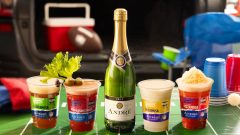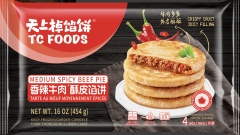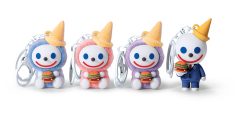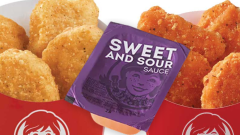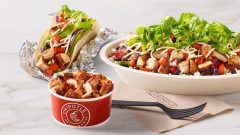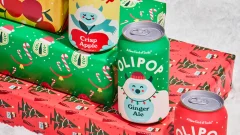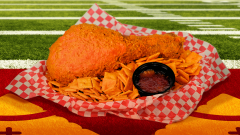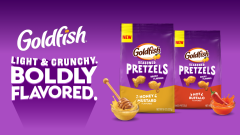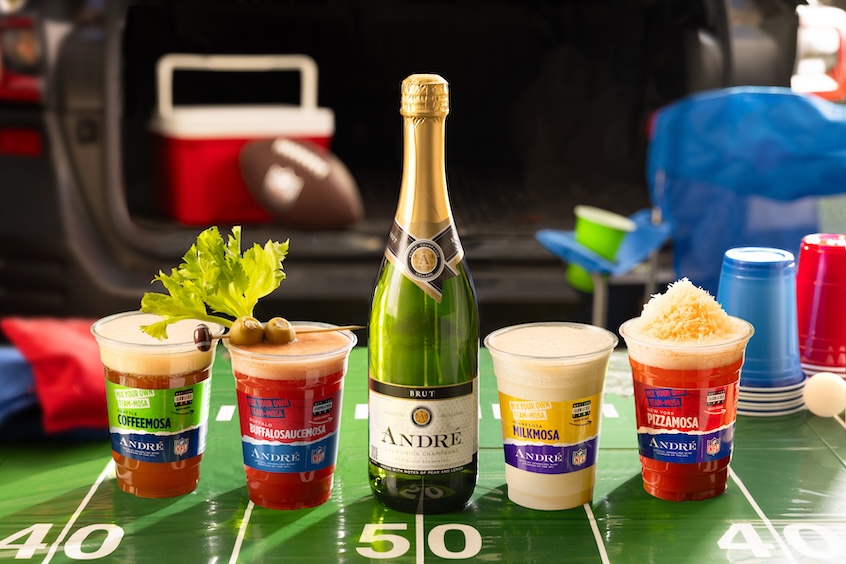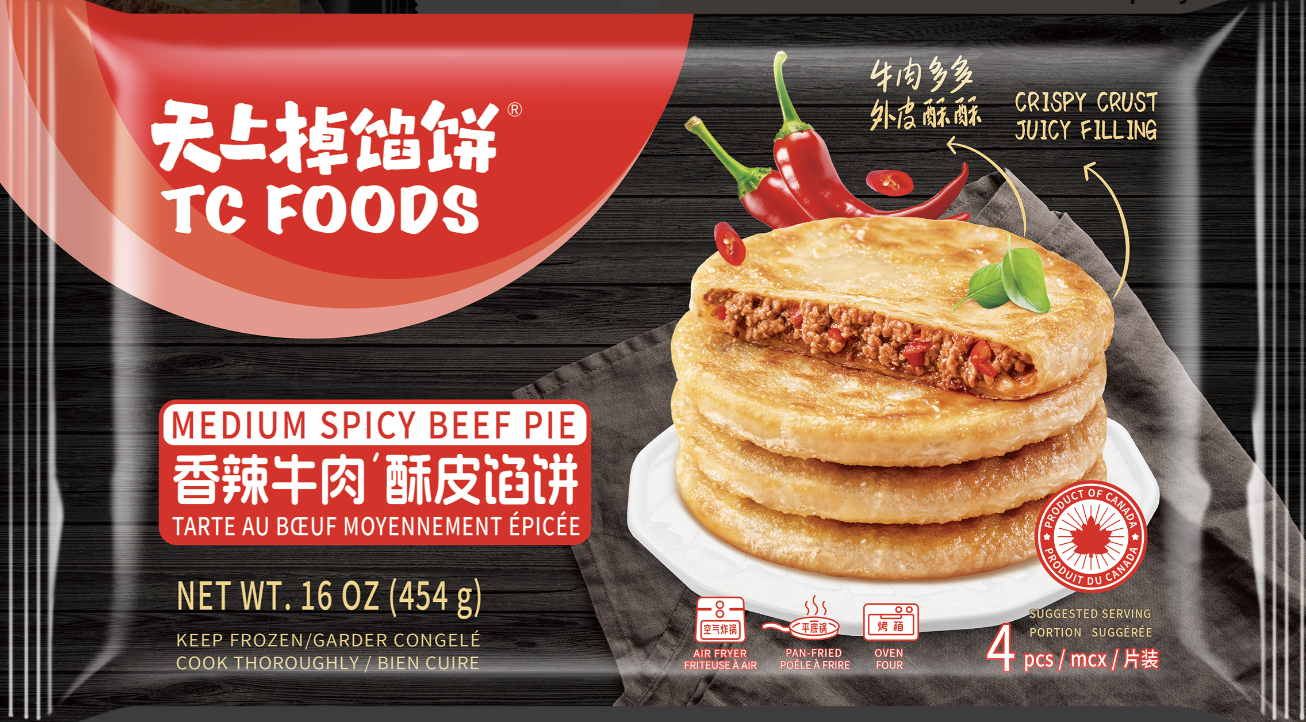The Timeless Treaty of Jolly Ranchers
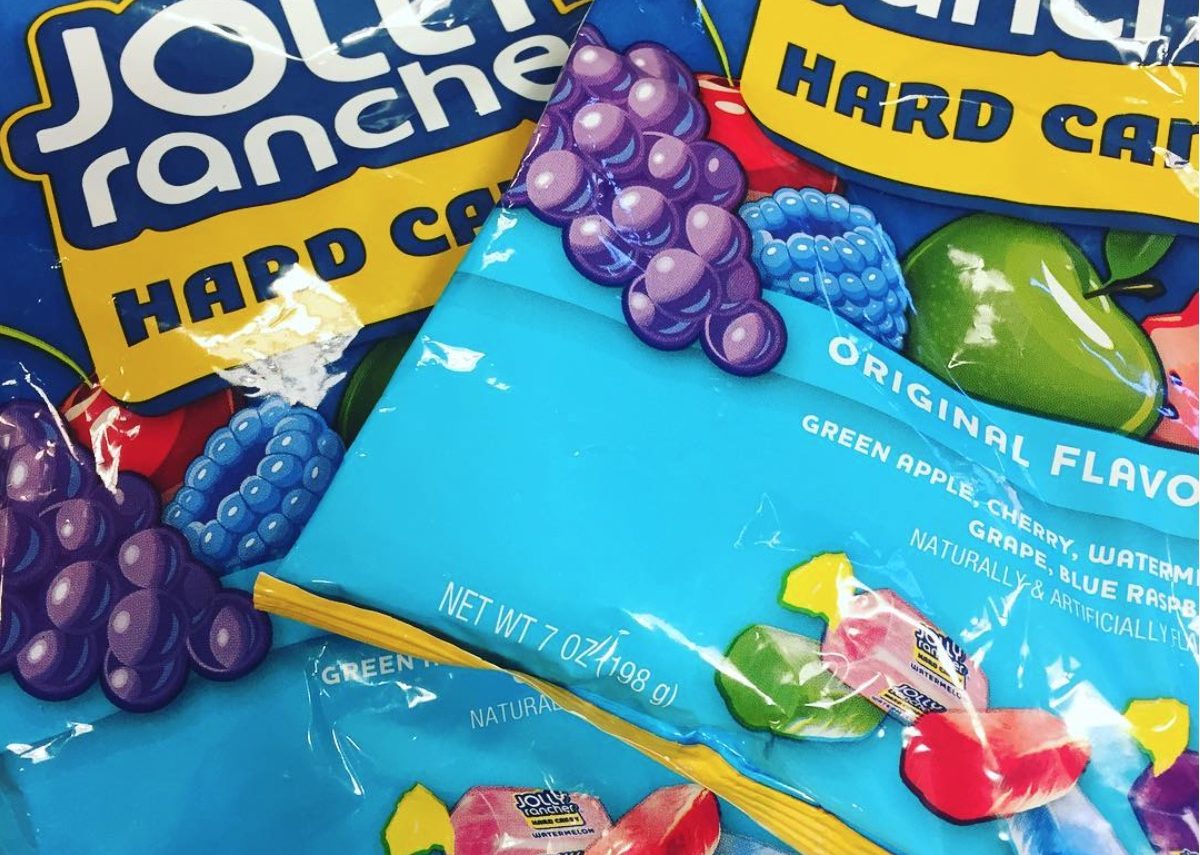
I recall loving Jolly Ranchers as a kid, but never buying them with my allowance or making it my one-candy choice when my parents took us tiny doofuses to the movies. Jolly Ranchers were sort of like this gift from adults. They always seemed to have them on hand.
My grandparents had them when they felt too wild for caramels, usually in the summertime. My principal had them in her office, though I only got to eat them when I was there for a good reason. And it was more or less a universal strategy by my teachers, doctors, and babysitters to shut me up, since snacking on those treats felt like an exhausting several-hour endeavor for my little motormouth.
But Jolly Ranchers weren’t flashy, a surprise move for a multi-colored snack. There wasn’t some loud, psychedelic talking animal wearing a sports jersey trying to kickflip his way into my tiny heart, pressuring me to buy his damn candies (which, I assure you, I loved at the time).
Maybe I only noticed that because it seemed like Jolly Ranchers were the one candy that everyone of any age could agree upon. My young love of Raven’s Revenge was way too much for my grandparents, and their darling black licorice wasn’t even close to enough for me (I still find it infuriating, actually).
“… so maybe these harlequin handfuls that older ladies and gents used to give me were their way of keeping nostalgia shining bright with their passing of the torch.”
That universal approachability of a snackable color spectrum likely had to do with the classic candy’s creators, a warm, friendly married couple.
The Jolly Rancher Company, founded by Coloradans Bill and Dorothy Harmsen, made ice cream and chocolates in addition to candy. All of their products were originally sold at local Ranch Maid Ice Cream stores and killed it in the summer, but struggled in the winter.
The company came into existence in 1949, when the United States was settling into backyard parties and Sunday drives, so maybe these harlequin handfuls that older ladies and gents used to give me were their way of keeping nostalgia shining bright with their passing of the torch.
Even the name Jolly Ranchers itself — a tender evocation of western hospitality — was a sign of that attitude: cherished offerings from a mom-and-pop operation that started out by making treats in their farm’s barn.
From there, the company grew and evolved, later purchased by Hershey in 1996, ultimately branching out into a whole score of jazzy hybrids, like jelly beans, lollipops, and popsicles.
But I remember those candies for what they were in my youth, a treaty for the ages — the right amount of sugar most adults trusted me with, the minimum buzz I was willing to take. It was the slow nod of give and take, the beautiful product of a bygone era.



